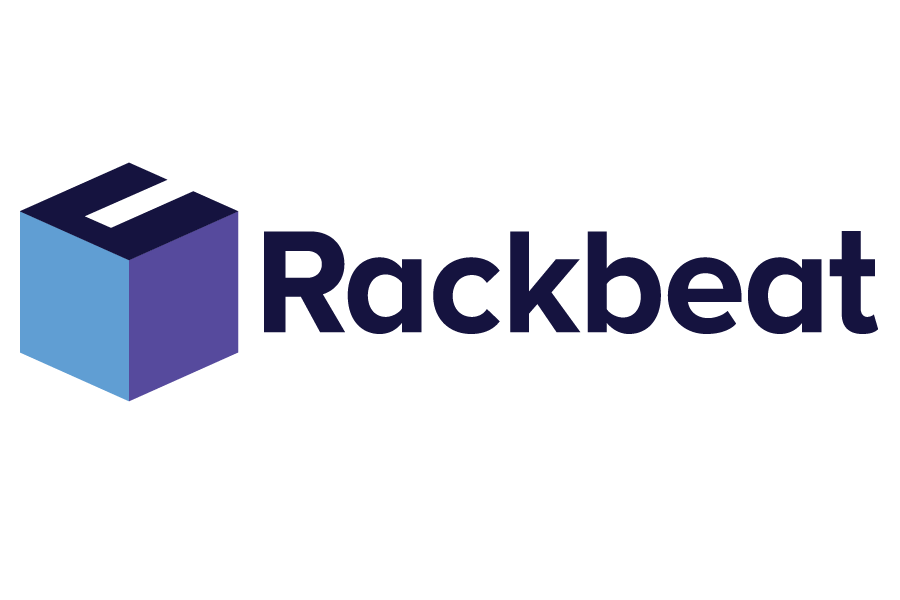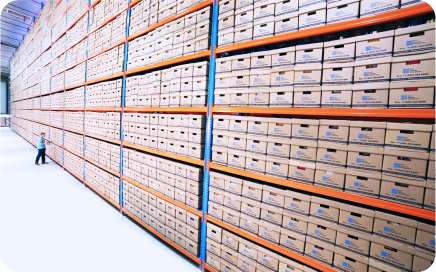Why Your Accounting and Warehouse Systems Should Be Connected
By Rackbeat June 4, 2025

In many small and medium-sized businesses, accounting management and inventory management exist in separate silos. The warehouse may rely on a spreadsheet, while the accounting team enters invoices into a system like e-conomic.
But when data doesn’t flow freely between finance and warehouse operations, errors, bottlenecks, and frustrations quickly arise – both internally and for customers.
That’s why integrating your accounting system with a warehouse management system (WMS) isn’t just a technical upgrade – it’s an operational necessity.
In this article, you’ll learn:
Which specific problems integration solves – such as manual errors, duplicate entries, and lack of insight
How integration improves both warehouse and purchasing management
What a modern WMS can offer small and mid-sized businesses
What benefits you gain – both as a decision-maker and as an employee
In short: if you want better control over your inventory, accurate bookkeeping, and more efficient workflows, keep reading to discover what system integration can unlock.
When Accounting and Warehouse Don’t Work Together
Imagine a scenario where your finance team sees one version of your stock levels, while the warehouse sees another. This doesn’t just lead to accounting errors and shipment delays – it also erodes trust in your data and hinders cross-departmental collaboration.
When purchase, sales, and inventory data don’t move freely between your tools, a range of concrete issues arise:
Lack of inventory overview: The warehouse may be updated, but the accounting system isn’t – leading to overstocking, stockouts, or both.
Unnecessary purchases and costs: Without synchronized data, you might reorder products you already have or miss critical restock opportunities.
Manual duplication: Inventory changes must be recorded in multiple systems, wasting time and increasing the risk of mistakes.
Delayed invoicing and bookkeeping: If goods are shipped but not properly registered, invoicing is postponed – hurting cash flow and complicating reconciliations.
Inadequate reporting: Without unified data, generating accurate reports on margins, turnover rates, or purchasing efficiency is difficult.
Unclear responsibilities: Without integrated systems, it’s easy to misunderstand who owns which data – leading to internal friction.
In short: separating accounting from warehouse management doesn’t just cost you time – it costs you efficiency, data quality, and ultimately, profit.
A Unified Setup Brings Clarity and Efficiency
By integrating your accounting system – like e-conomic – with a warehouse management system (WMS), you get a single source of truth. Inventory levels, consumption, and bookkeeping are updated automatically, enabling everyone to work from the same data foundation.
Benefits of integrating WMS and your accounting system include:
Automated posting of inventory movements
Smarter purchasing with restock suggestions
Fewer manual errors
Better reporting across both warehouse and finance
Is Integration Only for Big Companies?
Absolutely not.
It’s a common misconception that advanced warehouse management and system integration are only relevant for large enterprises with complex supply chains. In the past, professional WMS solutions often required expensive, time-consuming implementations – out of reach for smaller firms.
Today, that’s changed.
Modern warehouse management systems are built with small and mid-sized businesses in mind. They’re user-friendly, flexible, and easily adapted to your needs – whether you manage 100 or 10,000 SKUs. And integration with popular accounting systems like e-conomic is now accessible without major IT projects.
That means smaller businesses can now benefit from:
Automated data flow between warehouse and accounting
Improved visibility with fewer manual tasks
Scalable solutions that grow with the business
So no – integration and an effective warehouse management system are not reserved for large enterprises. In fact, they may be exactly what gives smaller businesses their competitive edge.
Ready to Learn More?
If you’re curious about how integration between your accounting and warehouse management systems can strengthen your business (or your client’s), we’d be happy to talk.
In a short online meeting, we can walk you through how the integration works in practice, the workflows it supports, and how finance, warehouse, and purchasing can all benefit from shared visibility.




